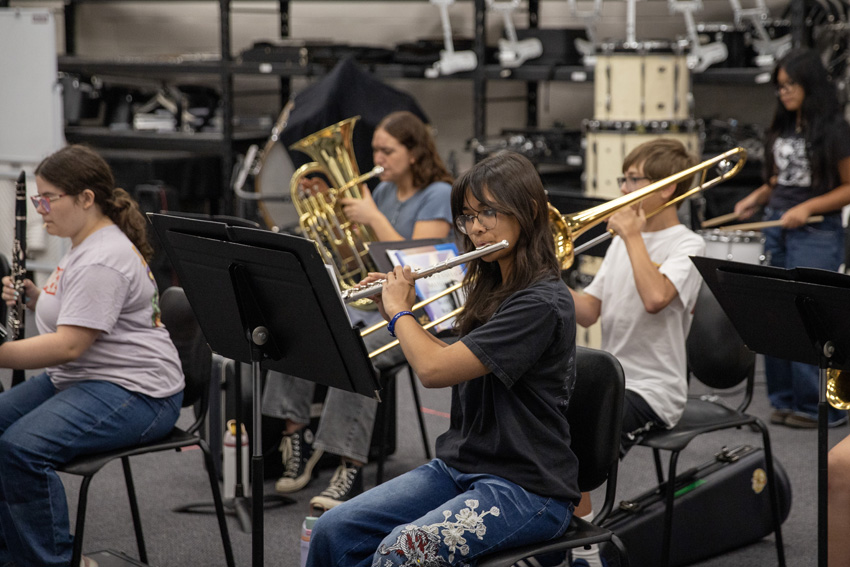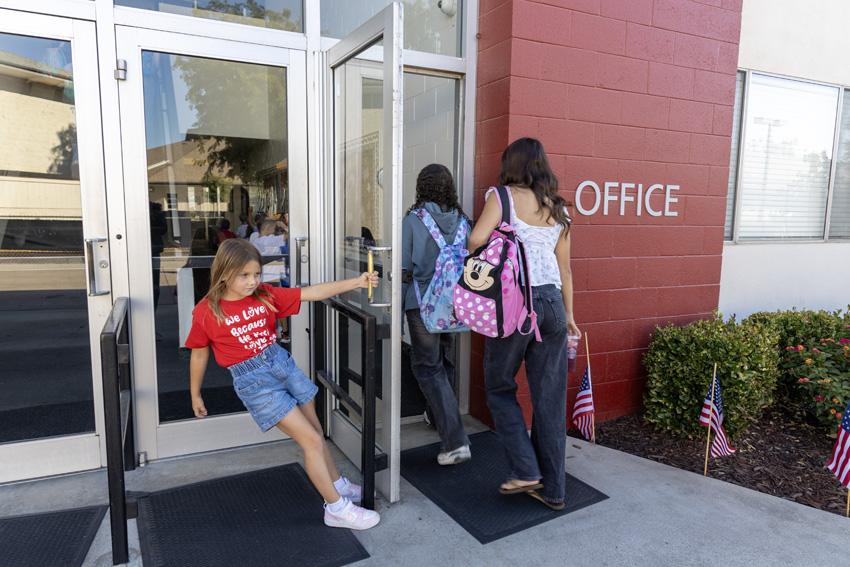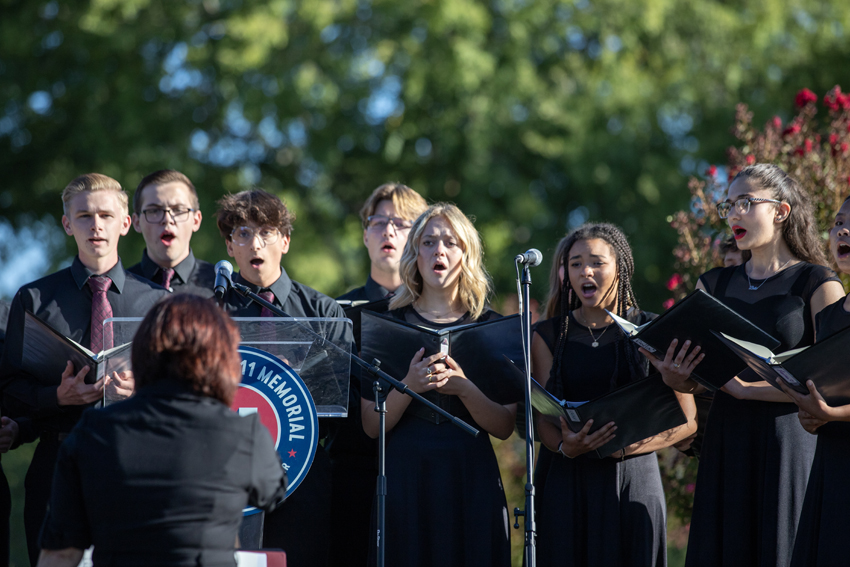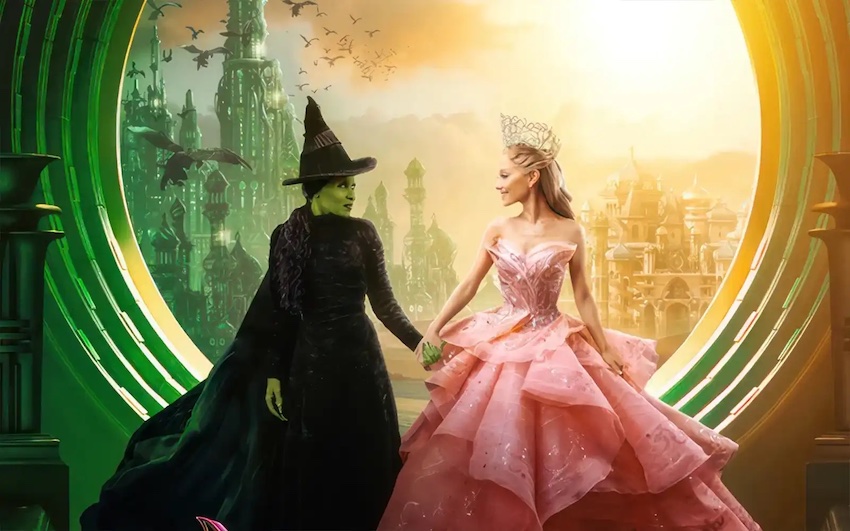One cool January morning 32 years ago a decision was made that continues to cause conflicts and heated debates today.
A court ruling to legalize abortion in America during the case of Roe vs. Wade changed the nation’s thinking on important issues of women’s and infant’s rights.
During the deliberation, Justice Harry Blackmun divided pregnancy into three trimesters. The court then proceeded to rule on Jan. 22, 1973, that during the first two trimesters a woman could request an abortion for any reason she wished.
They further ruled that third trimester abortions could be performed when the mother’s health was in jeopardy.
Only later would a flaw in their ruling be revealed, when it was realized that any pregnancy poses a potential risk to the mother’s health. Therefore, the precedent they set, “does not prevent a state from allowing unrestricted abortions for the entire nine months of pregnancy if it so chooses,” (www.roevwade.org).
Since that day, 45-50 million U.S. children have been surgically aborted, and more than 30 years later it is currently 15 times safer to be in California’s “Death Row” than in a mother’s womb (Right to Life of Central California).
Opposition to the Roe vs. Wade decision to legalize abortion has taken many forms. One of the most well known of these is Sanctity of Human Life Sunday, which takes place on the Sunday in January that is closest to the anniversary of the Roe vs. Wade court ruling. This year the day will be officially observed on Jan. 23.
Churches and organizations across the country argue that abortion is the murder of innocent children and that these babies deserve the protection afforded other citizens by the constitution. Pro-abortionists argue, however, that the unborn child is not yet a “person” and therefore does not fall into the same category with those who are already born.
Dr. William Cutrer M.D., expert in the field of reproductive technology, disagrees.
“Even semi-scientific minds will grant that from the first cell onward, the union of sperm and egg makes a ?human.’ However, what makes someone a ?person’, entitled to rights and civil protection? Those who advocate choice?often argue a functional definition for personhood.
They define personhood as the ability to do or function in some way? However, before that tiny embryo is developed enough to feel or reason, he or she has brain waves and a heartbeat,” (www.aspire2.com).
It has been proven that the unborn child has a heartbeat 3-4 weeks after fertilization, and the sex is evident at 12 weeks, but a lesser-known fact is that pain receptors are present in the child’s brain at only 7 weeks gestation. This suggests that the fetus may be able to feel pain during an abortion.
“[I believe] unborn children suffer severe and excruciating pain because the fetus is conscious during the abortion procedure,” Dr. Kanwaljeet Anand said. “The baby shows increased heart rate, blood flow and hormone levels responding to pain during the abortion,” (www.rtlcc.org).
On the other side of the issue are those who advocate abortion as a woman’s right to choose whether or not she wishes to continue her pregnancy. Organizations like Planned Parenthood believe that abortion is an option for women who do not want their baby. They also advocate options that avoid unplanned pregnancies altogether.
“While we protect women’s rights to choose safe and legal abortion, we must work to reduce the need for abortion,” (www.plannedparenthood.org).
Planned Parenthood suggests methods like better education for young people and readily available contraceptives as alternatives to abortion that would reduce the number of unwanted pregnancies in the nation. They do, however, see abortion as an option for women who do not want to be pregnant.
Many organizations argue that the right to an abortion should be especially protected in the cases of women who are carrying children with physical abnormalities, or for women who are victims of rape. Even in these cases Dr. Cutrer does not believe abortion is justified.
“Does killing the infant ?unrape’ the mother?” Cutrer said. “[No.] She changes from being a guilt-free victim of a crime to being guilty of taking the life of her own, innocent child. This baby will have just as much of her genetic material as any child she will ever have,” (www.aspire2.com).
The debate over abortion continues to rage and new issues like adult euthanasia have also entered this arena of bioethical issues. The fact remains, however, that in America alone, between 4,000 and 5,000 children are aborted in a single day. This is equal to one and a half times the death toll of the World Trade Center Bombing every day, and worldwide abortions account for over 10 times the loss of life during World War II, (www.rtlcc.org).
The conflict over abortion has grown from a discussion among justices at a court case to a sweeping national argument that has gone on for more then 30 years. Even thirty years from now the issue may still not be resolved, and the world may still wallow in conflict over the issue of life.
For more information about Sanctity of Human Life Sunday, visit www.family.org/pregnancy/articles/a0035133.ctm.
For information about abortion and other bioethical issues, visit Dr. Cutrer’s website at www.aspire2.com.
For information about alternatives to abortion visit www.plannedparenthood.org.






